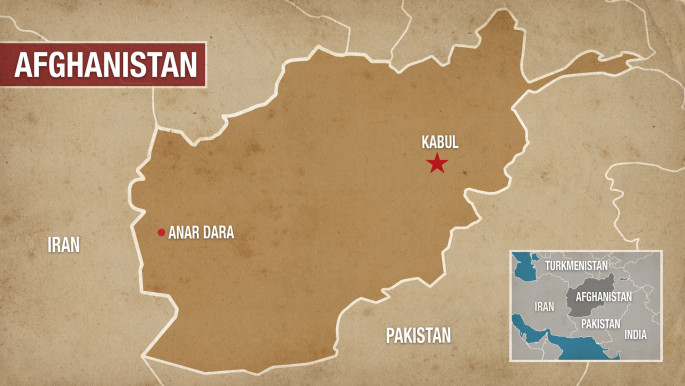Afghan forces losing control of the country, report warns
Afghan security forces are struggling to deal with a resurgence of the Taliban and other insurgent groups, which now control large parts of Afghanistan.
The Special Inspector General for Afghanistan Reconstruction (SIGAR) report shows how government troops are on a backfoot in Afghanistan as militants capture populated areas in the country.
It comes as the Pentagon claims that Afghan troops and US-led NATO forces are making steady progress in the grueling conflict that has raged for nearly 17 years.
In addition to government losses in the hinterland, the Taliban and Islamic State group have also launched a series of bloody bombings and raids in the capital Kabul, in recent months.
Twin blasts killed at least 25 people, including nine journalists with AFP chief photographer for Afghanistan Shah Marai and BBC reporter Ahmad Shah among the dead.
According to SIGAR, the strength of the Afghan security forces dropped by about 10 percent over the course of a year - falling to a total size of 296,409 personnel in the army and police forces as of 31 January.
Militants including the Taliban and the Islamic State group have stepped up their attacks on Afghan troops and police in recent months. Desertions and corruption have also sapped morale.
US forces used to provide SIGAR with the number of Afghan troops being killed - the figures were more than 5,000 each year - but that information is now classified at the request of the Afghan government.
At the same time, the Taliban and other insurgent groups now control or influence 14.5 percent of Afghanistan's 407 districts - the highest level since SIGAR started recording such data in late 2015.
The government, meanwhile, controls 56.3 percent of the districts, with the remainder considered "contested."
 |
The varying population sizes of each district means that since August 2016, Afghan government control over its people has decreased.
"The overall trend for the insurgency is rising control over the population (from nine percent in August 2016 to 12 percent in January 2018)," the SIGAR report states.
Civilians have also fallen victim with the a spike in deaths as the Afghan air force has stepped up its operations, while NATO has reduced its air strikes.
The Pentagon insists that the Taliban are weary and now have elements willing to negotiate for peace.
The attack was claimed by IS, which has established a footprint in Afghanistan, especially in Nangarhar.



